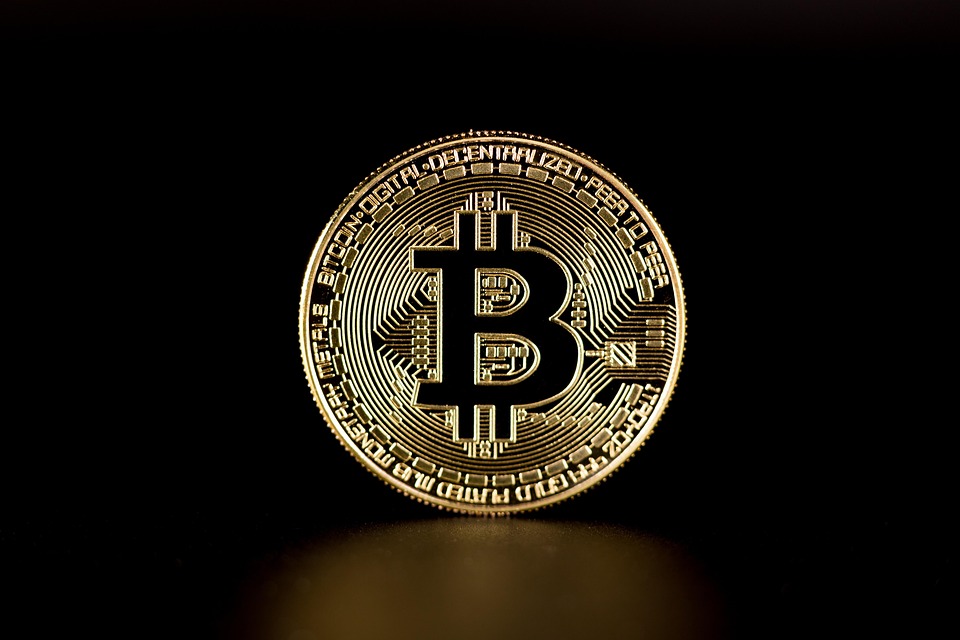Is XLM the Future of Decentralized Finance? Exploring Its Potential and Challenges
The rise of decentralized finance (DeFi) has transformed the financial landscape, offering innovative solutions that challenge traditional banking systems. Among the cryptocurrencies making waves in this space is Stellar Lumens (XLM), a digital asset designed to facilitate cross-border payments and improve financial accessibility. This article will explore the potential of XLM in the DeFi ecosystem, examining its unique features, advantages, and the challenges it faces.
Understanding Stellar Lumens (XLM)
Stellar, founded in 2014 by Jed McCaleb, aims to create an open financial system that allows people to transfer money across borders quickly and inexpensively. XLM serves as the native asset on the Stellar network, enabling users to facilitate transactions and pay for fees. The platform is built on a decentralized protocol, which means it does not rely on a central authority, aligning perfectly with the principles of DeFi.
One of Stellar’s primary use cases is to provide financial services to the unbanked and underbanked populations globally. By leveraging blockchain technology, Stellar aims to reduce the costs and barriers associated with traditional remittance services, making it an attractive option for users in developing countries.
The Potential of XLM in DeFi
As DeFi continues to expand, XLM’s attributes position it as a potential player in this burgeoning sector. Here are several ways in which XLM could influence the future of DeFi:
1. **Fast and Low-Cost Transactions**: Stellar’s consensus mechanism allows for quick transaction confirmations, typically within 3-5 seconds, and very low transaction fees—often a fraction of a cent. This efficiency can enable seamless lending, borrowing, and trading activities within DeFi platforms.
2. **Interoperability**: Stellar’s design allows for the easy integration of various financial assets, enabling users to swap between cryptocurrencies and fiat currencies effortlessly. This interoperability can enhance the functionality of DeFi applications, providing users with more options and flexibility.
3. **Tokenization of Assets**: Stellar supports the issuance of tokens representing real-world assets, providing a framework for creating stablecoins, asset-backed tokens, and other financial instruments. This capability can broaden the scope of DeFi applications by allowing users to access a wider range of assets.
4. **Focus on Financial Inclusion**: Stellar’s mission to address financial exclusion aligns with the ethos of DeFi. By enabling access to financial services for underserved populations, XLM could help drive adoption and foster a more inclusive financial ecosystem.
Challenges Facing XLM in the DeFi Space
Despite its potential, XLM faces several challenges that could hinder its growth within the DeFi ecosystem:
1. **Competition**: The DeFi landscape is highly competitive, with numerous platforms and cryptocurrencies vying for dominance. Ethereum remains the leading platform for DeFi applications, and while Stellar offers unique advantages, it will need to carve out a distinct niche to succeed.
2. **Regulatory Scrutiny**: As governments and regulatory bodies begin to impose stricter regulations on cryptocurrencies and DeFi platforms, XLM could face challenges related to compliance. Navigating the evolving regulatory landscape will be crucial for Stellar’s long-term viability.
3. **Market Perception**: The perception of XLM among investors and the broader cryptocurrency community can impact its adoption. Stellar’s past performance and market fluctuations may influence how stakeholders view its potential in the DeFi space.
4. **Development and Adoption**: For XLM to realize its potential in DeFi, there must be a robust ecosystem of developers creating applications and services on the Stellar platform. Encouraging developers to build on Stellar and fostering community engagement will be vital for its success.
Conclusion
XLM has significant potential to play a pivotal role in the decentralized finance landscape, thanks to its fast transaction speeds, low costs, and focus on financial inclusion. However, challenges such as competition, regulatory scrutiny, and market perception may impact its growth and adoption. As the DeFi space continues to evolve, only time will tell if XLM can overcome these hurdles and establish itself as a leading asset in the decentralized financial ecosystem.



